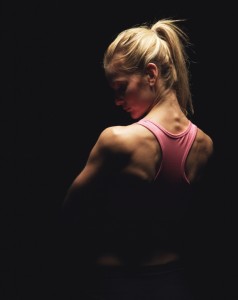Are you having trouble deciding if your body is figure or bikini?
First you should understand the differences between figure and bikini and how to train to achieve the type of body the judges want to see in each category.
What is Figure?
The competitors are judged solely on muscular symmetry and definition; as in Fitness shows, muscle size is downplayed. Figure competitions appeal most to women who want to compete in a body competition, but wish to avoid Fitness shows’ additional athletic and creative demands (the routine round), or bodybuilding demands for heavy muscle mass.
A typical figure competition includes two rounds, though this varies by organization. In the individual round, or model walks, the competitors must come out individually on stage for a model walk where they are judged on presentation, gracefulness, confidence, poise, and professionalism. It’s during this round, the competitor plays up the best parts of their physique to land in the initial call outs to the next round.
What is Bikini?
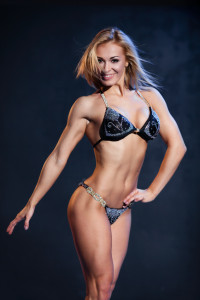
The bikini competition was created as a category with much less emphasis on muscularity to accommodate even more women into the world of physique competitions and IFBB recognized bikini competition as an independent competition category on 7 November 2010. Rapidly growing, the bikini category looks for lean and firm physique and “competitors are scored on proportion, symmetry, balance, shape, and skin tone.”
For Figure and Bikini Athletes
First and foremost, your training routine needs to fit YOUR needs. That means you should train specific for your physique. If you carry more weight/muscle in your lower body, then don’t train heavy in those places.
Use higher reps, or circuit training to cut down those areas that need to be a bit smaller. On the other hand, if you need to add fullness to a particular area, use heavier weight, harder resistance, and do fewer reps.
As for cardio, remember the key word: balance. If you’re trying to lose 1 pound per week, adjust your cardio to meet that goal. Use a heart rate monitor. You want to be within 65-75% of your max heart rate (MHR). Stay in that range for the full duration of your cardio training. But understand that at very specific times of your training, there will need to be changes in type and intensity of your cardio to meet timelines.
If you have big legs, and you don’t want muscle, don’t spend all your cardio time on the stair master or stepper. Try incline treadmill walking. Incline cardio digs into your butt and thighs. Think about where you need your body fat to come off: don’t under-stimulate or over-stimulate by using the same machine all the time.
Get Your Contest Pre Plan Now 50% Off
The In-Between Body Style
For many of you right now, it might look as if your body could go either way depending on how you like to train and present your physique to the judges. If this is the case, you have to consider 2 things.
How do you like to lift & train?
Which stage presentation style (posing, suit, etc) are you comfortable with?
If you like a heavier driven program, put on muscle easy and you like the more muscular look on stage–then figure training would be a good place to start.
If you are naturally leaner, have minimal muscle mass, are a “diva” and love showcasing your body in a more sexy and playful way–then bikini training would be a good place to start.
What the Judges Want to See
For Figure
The key to a good competition figure is balance. Your back should V-taper from the shoulders to the waist, and then have small sweeps to the quads. Try to look at your body objectively; ask yourself what you need to do to create that structure, and then tailor your workout to meet your needs. Figure athletes want to hit every body part once per week and then recapping upper and lower body.
You want to have a good amount of leanness and separation but no muscle striations (that is bodybuilding and physique).
For Bikini
The judges at bikini competitions aren’t looking for muscle density, so do 15-20 reps for toning and shaping. If you are looking to gain, do 8-12 reps. Use independent machines and dumbbells; that way, each side of your body has to work hard to keep up. If you can’t get in at least 12 reps on your first set, simply remain at that weight for all your sets.
Bikini athletes generally follow split routines 3-4 days a week, splitting your body so that you work one half of your body on one day and the other half on the next workout day. You’ll be working abs 4-6 days at various angles and intensities.
Get Your Contest Prep Plan Now 50% Off
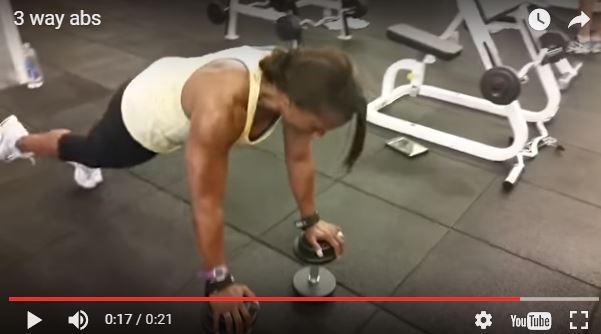
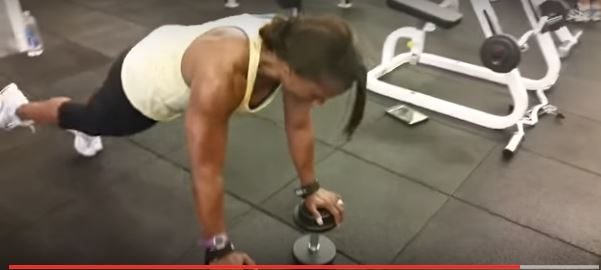






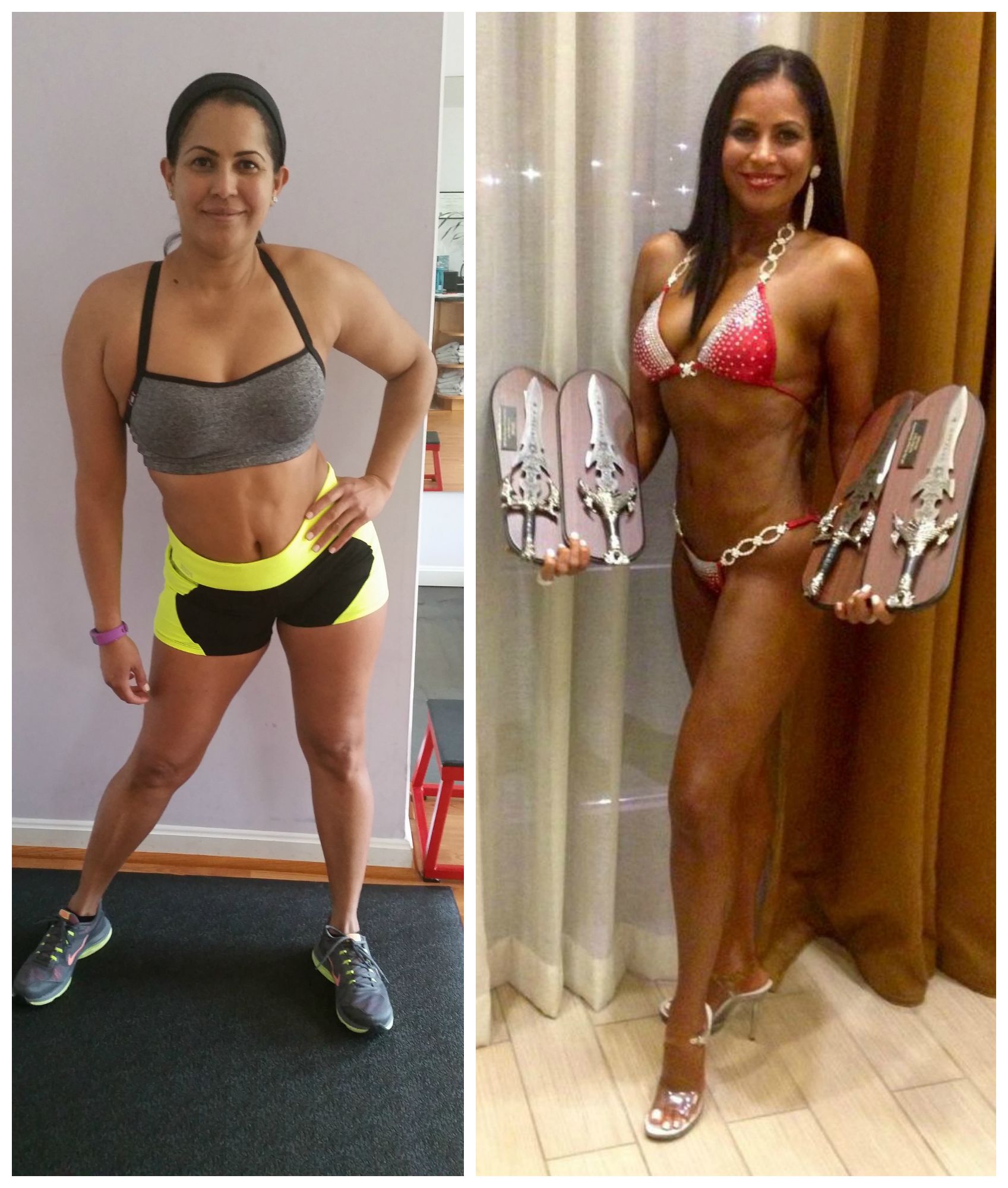

 Tired of those same bulges on your abs and legs?
Tired of those same bulges on your abs and legs? As a competitive athlete that needs to lose fat or increase muscular definition for a show, you have to understand how to properly manipulate carbs or carb cycle. This is not a new technique but one that has been used for decades in the body building world to bring in the most lean and shredded physiques. Do it right and you can really dial in your body for your figure or bikini competition. Get it wrong and the judges will be able to see it on stage, which could land you in the last call outs.
As a competitive athlete that needs to lose fat or increase muscular definition for a show, you have to understand how to properly manipulate carbs or carb cycle. This is not a new technique but one that has been used for decades in the body building world to bring in the most lean and shredded physiques. Do it right and you can really dial in your body for your figure or bikini competition. Get it wrong and the judges will be able to see it on stage, which could land you in the last call outs. Below is an example of my basic carb cycling method using 150 grams of carbs as the highest amount on a high day.
Below is an example of my basic carb cycling method using 150 grams of carbs as the highest amount on a high day.